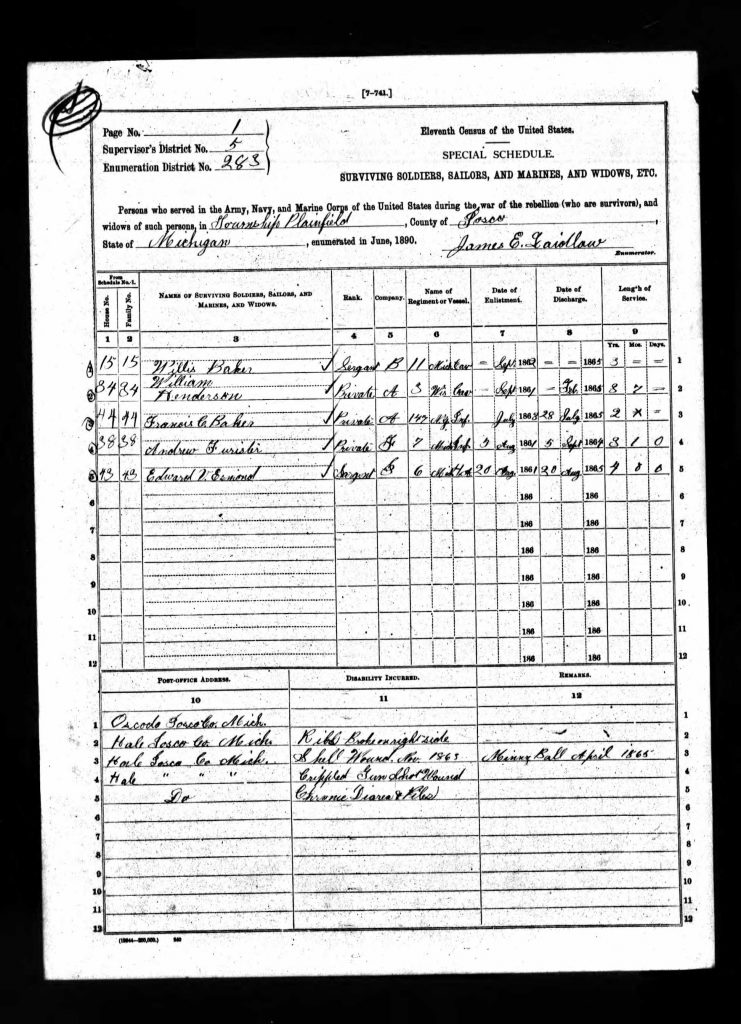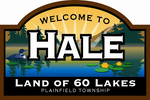A Glimpse into the Past
The 2020 census is here! Only eight questions this time. What a change over the last 230 years! As a genealogist, the census is the first place I look for an ancestor. Where did they live? Who was in the household? Did they own or rent? What was their year of immigration? Where were their parents born? Were they naturalized? Each answer helps me find more information about the family. Year of immigration can lead you to the ship and port of entry. That information may help you go back to the original county. Some early naturalization records will even tell a physical description as well as the county, town, and parish where the person was from.
Beginning in 1790 Thomas Jefferson, the Secretary of State, was charged with overseeing the first census, also called an enumeration. The census was used to determine the number of seats in the U.S. House of Representatives. In his very detailed instructions, he asked for the name of the head of household, number of males under 16, females of any age, and the number of slaves. Through the years more detailed questions have been added. By 1840 the number of questions had increased to 66. Jefferson was the one who designated a specific date for the census to be taken. Some years it took the census takers more than 18 months to gather the information as they rode by horseback into the interior of the country.
In 1839 The American Statistical Association was formed. They lobbied Congress to add more vital statistical information. Because of the number of epidemics of various diseases that seemed to be localized in certain parts of the county, they added the Mortality Schedules beginning in 1850 listing the name and cause of death for each person who died in the previous 12 months.
In 1840 Revolutionary War veterans were listed. If your ancestor was in the Revolutionary War, did he get a pension? Bounty land? All these questions lead you to more records. The people who applied for a pension had to provide a lot of proof. If it was his widow, then she had to provide marriage information. Sometimes children are named. Some of the 1890 Civil War Veterans schedules still exist, listing the name and rank of the veteran along with the reason for his disability.

Some of the states did their own census beginning in 1885. One of my favorite state censuses is Iowa 1925 where they asked for the name and birthplace of the parents, as well as the mother’s maiden name. What a treasure trove for a family researcher!
All the questions asked over the years helps the researcher as we travel back in time looking for our ancestors. In 1900 females were asked how many children they have had and how many were still living at the time of the census. If you don’t know all the children, this tells you to do more searching for either living or deceased children. That leads you to cemeteries and birth indexes, marriage records. You can trace the location of your ancestor based on the birthplace of each child beginning in 1850 when names of each person in the household was required.
Genealogy is always about answering questions. It is like trying to solve a puzzle about your family. There are several good places to start looking for census records, Ancestry is excellent, but it does require a paid membership. FamilySearch.org is free. For more information about the census look for William Dollarhide’s new book “The Census Book, Facts, Schedules & Worksheets for the U.S. Federal Censuses.”
The Plainfield Township Historical Commission sponsors a first Saturday of the month Genealogy Support Group. During the group sessions we watch a webinar on different topics, such as how to do land record searches, why do we need to look at the original record and how to find female ancestors. After the webinar we help each other and share our experiences in researching. All levels of researchers are welcome to attend. We meet at 2:00 pm at Eagle Pointe Plaza in the Lecture Hall in Hale. Bring your laptop and your questions! Check our Facebook page for information on upcoming first Saturday meetings.
Finally, don’t forget to fill out your 2020 Census form. When they are released in 75 years, you may be helping one of your descendants in their research!
Visit the online virtual museum: https://plainfieldtwpmi.com/ ( The township website has changed. Voice articles are under Township News on the front page and are titled “A Glimpse into the Past.” The museum link is under the first red button “Plainfield Township”. There are also some local historical photos in a link under Township News on the front page.)
Visit us on Facebook or email us at: historicalcommission@plainfieldtwp.mi.com The PTHC office is located in the west wing at Eagle Pointe Plaza. Winter hours are Tuesday from 10:00 a.m. until noon and 1:00 to 3:00. Beginning in April, the museum will also be open on Friday. We welcome visitors.
